
Warning: Spoilers for Batgirl #3! While many fans of Batman are aware of iconic groups like the League of Assassins, there remains some confusion about its distinction from the League of Shadows. Originally, Ra’s al Ghul established the League of Assassins. However, adaptations such as Batman Begins and the series Arrow rebranded this organization as the League of Shadows. To align the comics with these portrayals, DC chose to introduce the League of Shadows into its comic book universe as a separate entity, adding to the existing confusion.
The latest issue, Batgirl #3, crafted by Tate Brombal, Takeshi Miyazawa, Mike Spicer, and Tom Napolitano, reestablishes the League of Shadows within the DC Universe. In this installment, Cassandra Cain reluctantly joins forces with the formidable Lady Shiva. During her time with the Order of Shiva, Cassandra uncovers a shocking revelation: her mother is now at the helm of the League of Shadows.
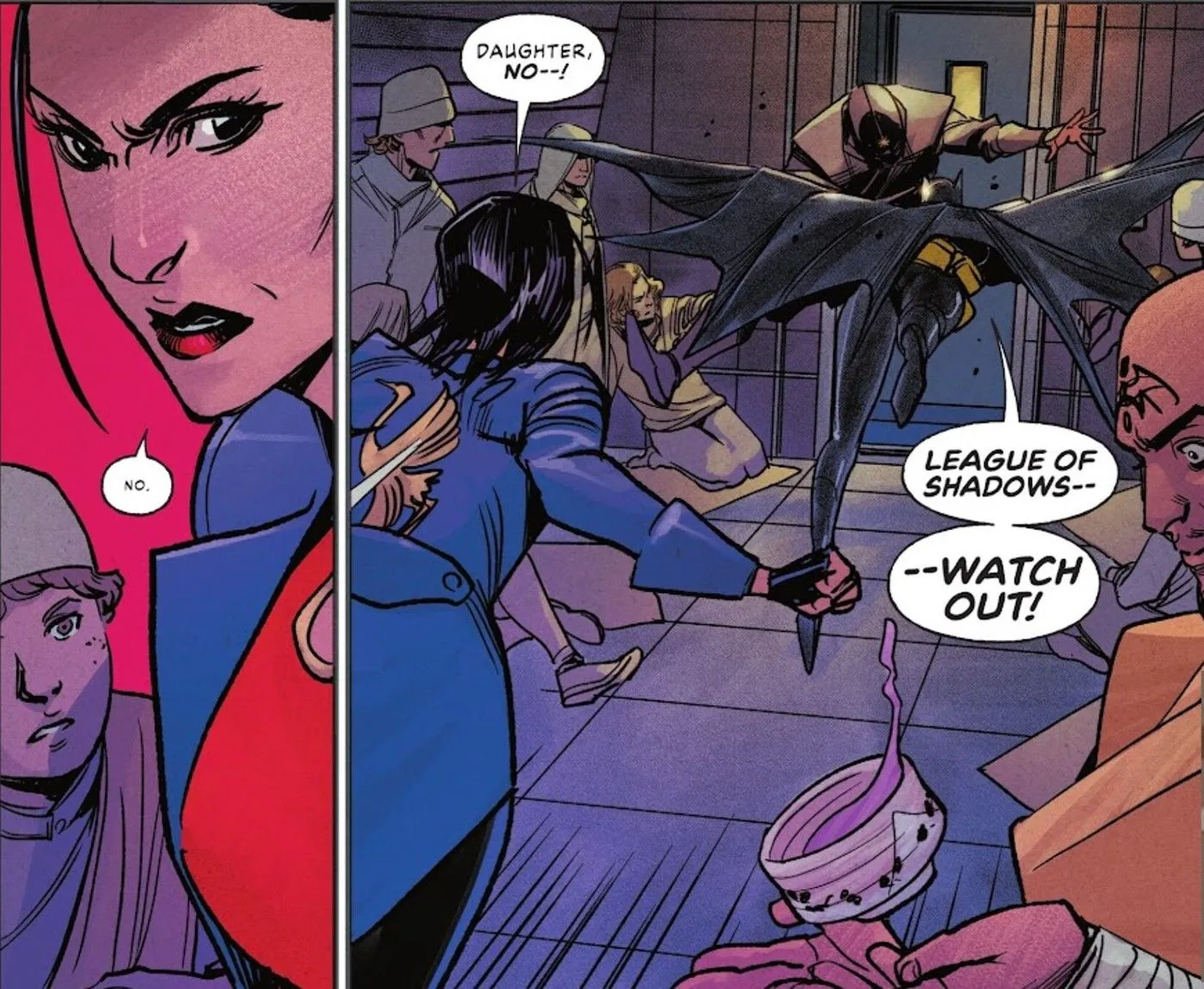
Some fans might mistakenly believe that the League of Shadows serves merely as a renaming of the League of Assassins, as depicted in various media. However, significant distinctions exist within the rich tapestry of DC Comics lore.
Understanding the League of Assassins in Batman Lore
Originating in Strange Adventures #215 by Neal Adams
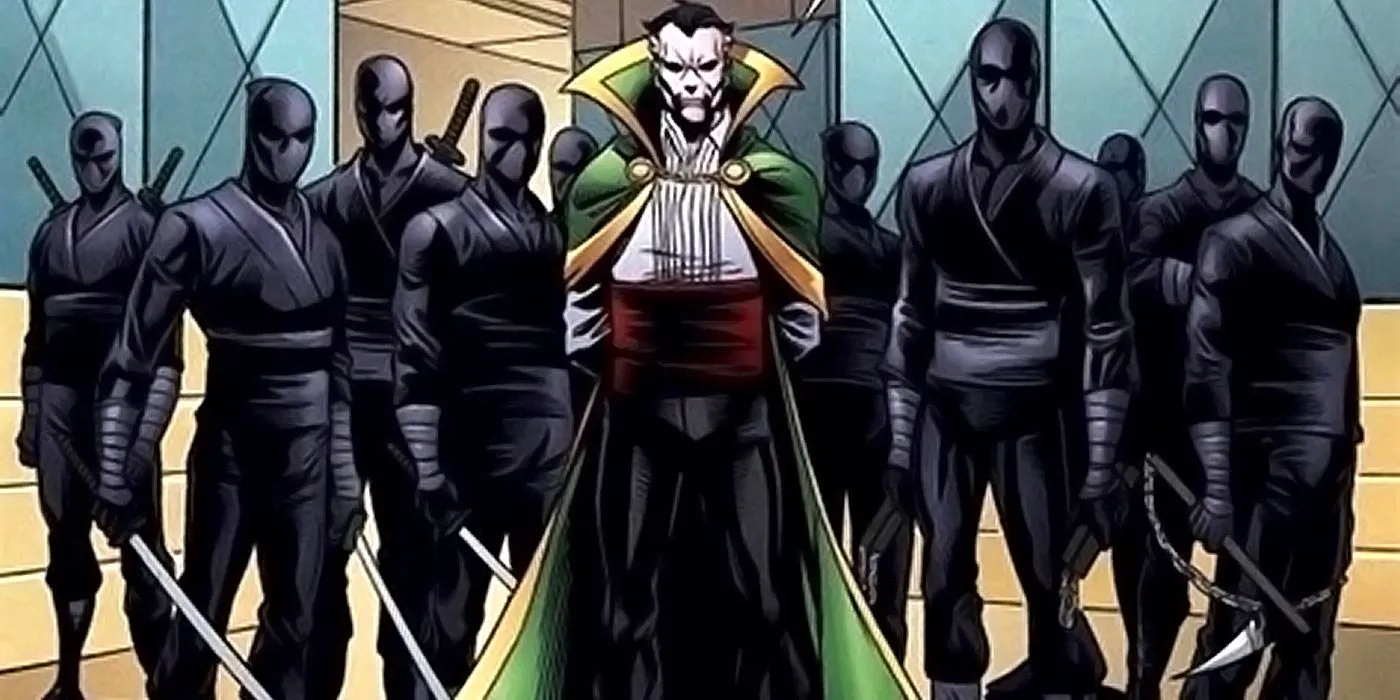
Founded by Ra’s al Ghul, the League of Assassins aims to unite the world’s deadliest killers under a single banner. Although the group first appeared in Strange Adventures, it received its official moniker in Detective Comics #405, thanks to the creative collaboration of Dennis O’Neil, Bob Brown, Frank Giacoia, and Ben Oda. Aspiring members of the League were expected to commit for life, with failure leading to dire consequences.
While Ra’s al Ghul, the centuries-old figure known as the Demon’s Head, primarily leads the League, it has witnessed various leadership changes. Doctor Darrk and Sensei were among the first leaders, followed by Nyssa Raatko, Ra’s forgotten daughter. After Nyssa’s untimely death, Cassandra Cain unexpectedly assumed command, which transformed her character dramatically, raising questions about her mental autonomy and leading to speculation of brainwashing.
However, as Cassandra regained her heroic identity and distanced herself from the League, Talia al Ghul seized control. Despite these shifts, Ra’s al Ghul has a tendency to return, and the League of Assassins has remained under his command in the current narrative framework, at least as Batman understands it.
The Emergence of the League of Shadows in DC’s Universe
First Appeared in Detective Comics #952 by James Tynion IV et al.
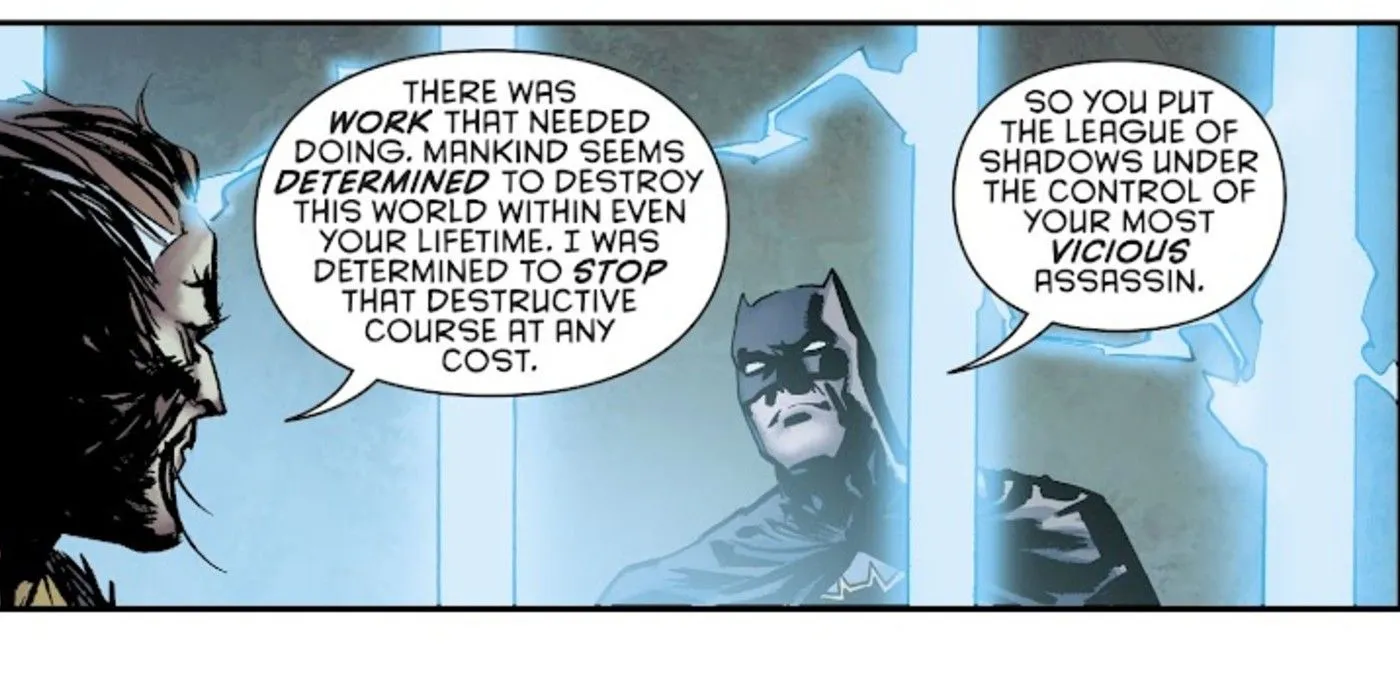
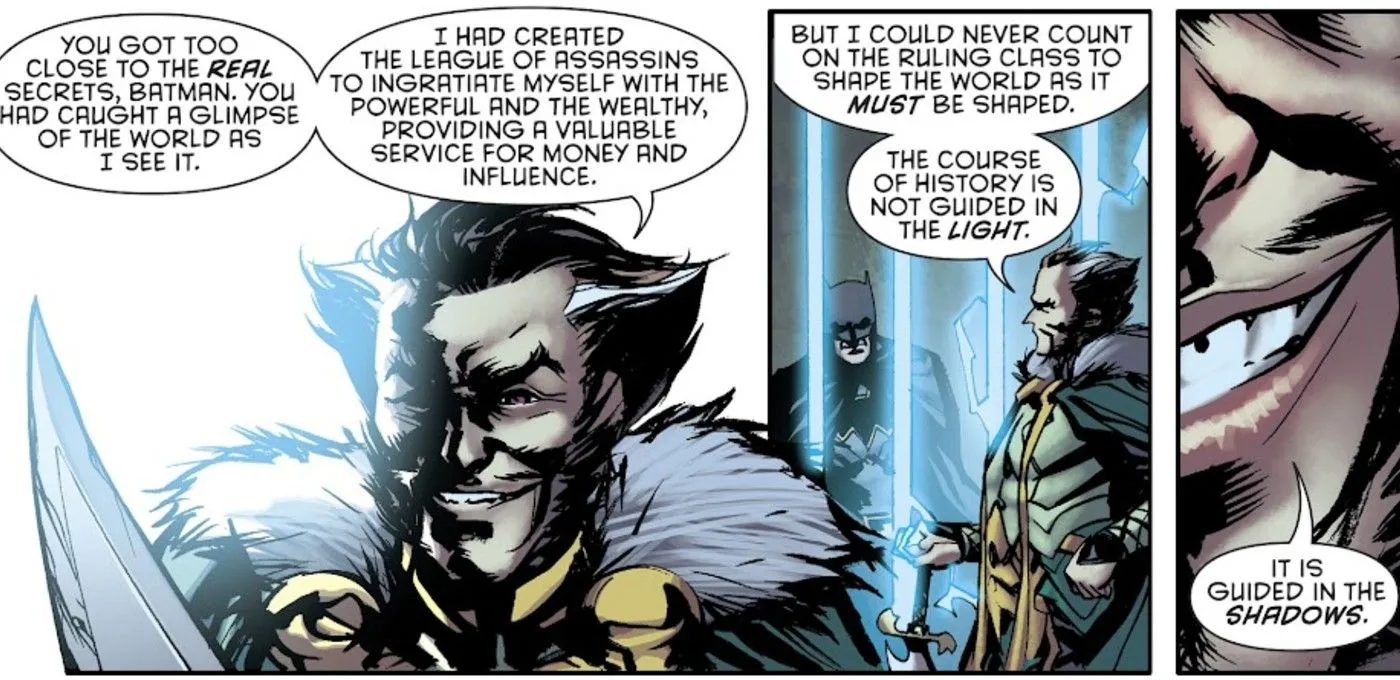
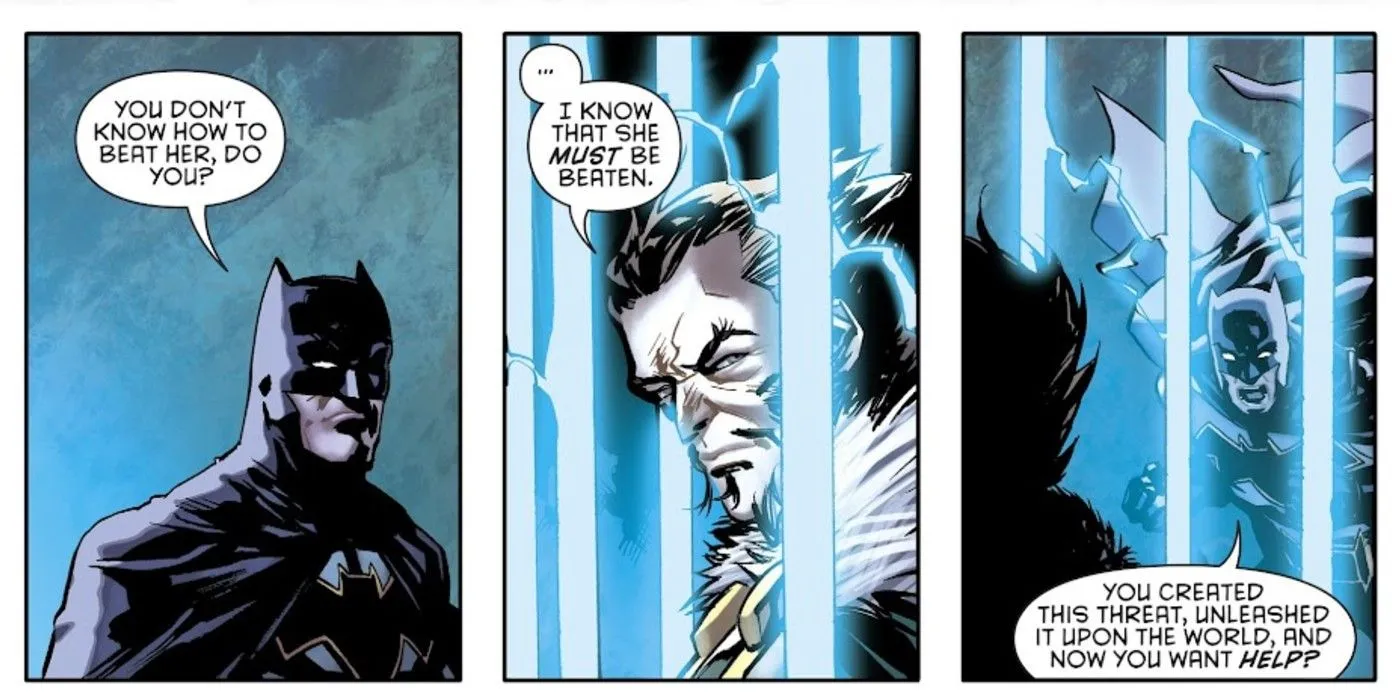
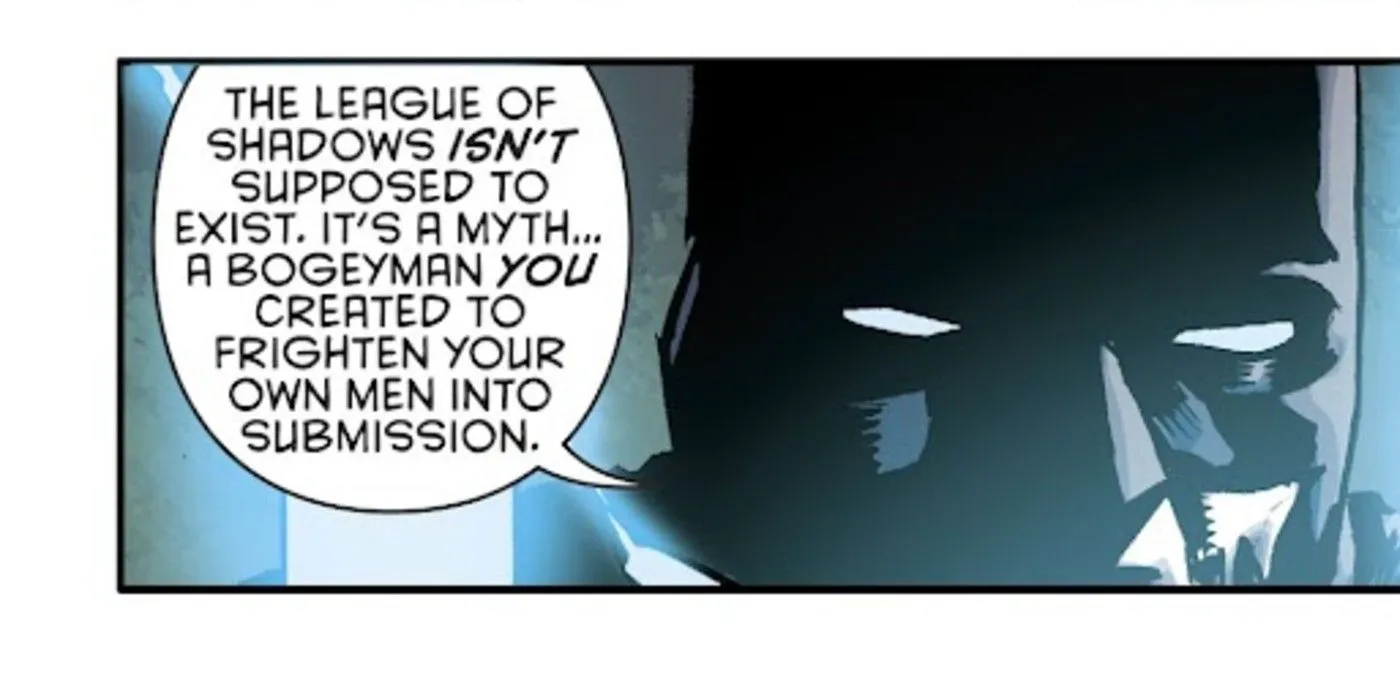
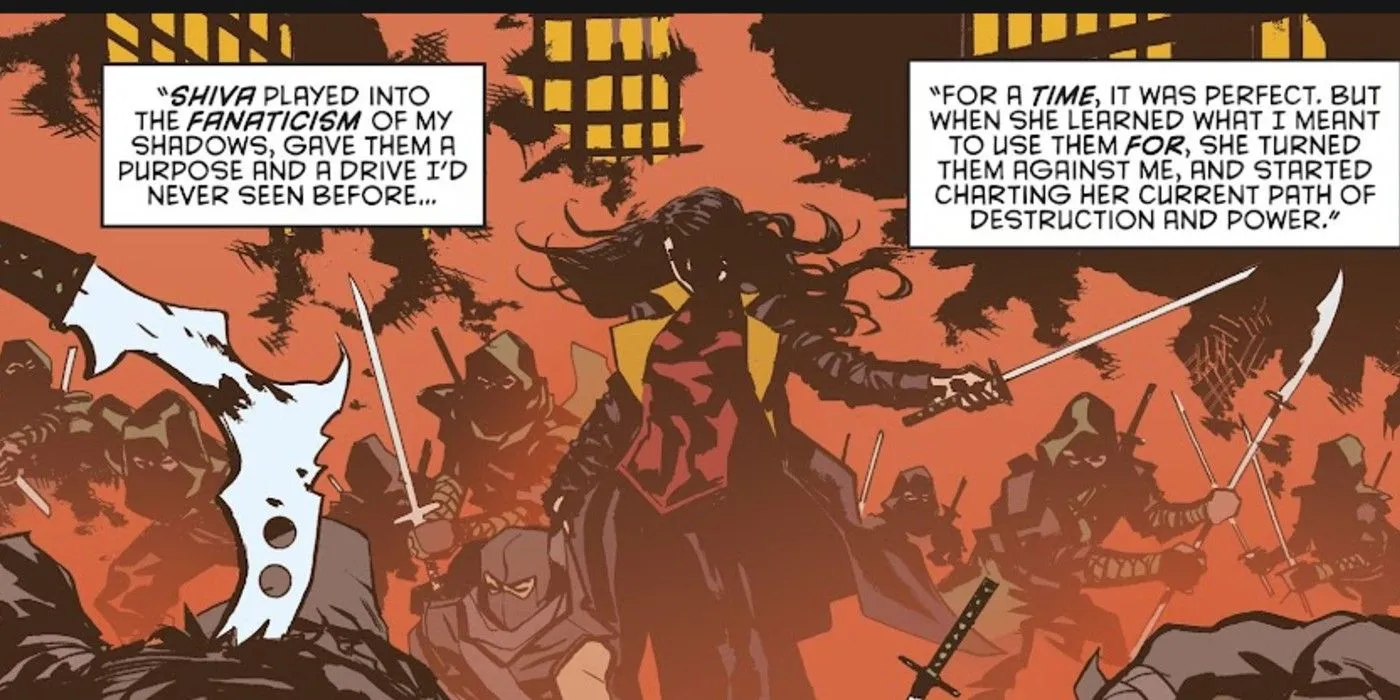
Historically, the League of Shadows did not exist in DC’s comics until the League of Assassins was rebranded in response to popularity from the Christopher Nolan films. In 2017, following Ra’s al Ghul’s resurgence, the League of Shadows emerged with a more enigmatic and chaotic presence. Initially, Ra’s al Ghul utilized the League of Shadows as a strategic tactic to exert control, although it was often regarded as mere folklore designed to instill fear among his subordinates.
Contrarily, while Ra’s utilized the League of Assassins to gain influence within the upper echelons of society, he harbored distrust toward them. Consequently, he formed the League of Shadows with the hope of redirecting humanity’s self-destructive tendencies. When Lady Shiva was appointed as its leader, she soon realized Ra’s’ true motives and subsequently revolted, claiming the League for herself.
Analyzing the Key Differences: League of Assassins vs. League of Shadows
Order vs. Chaos
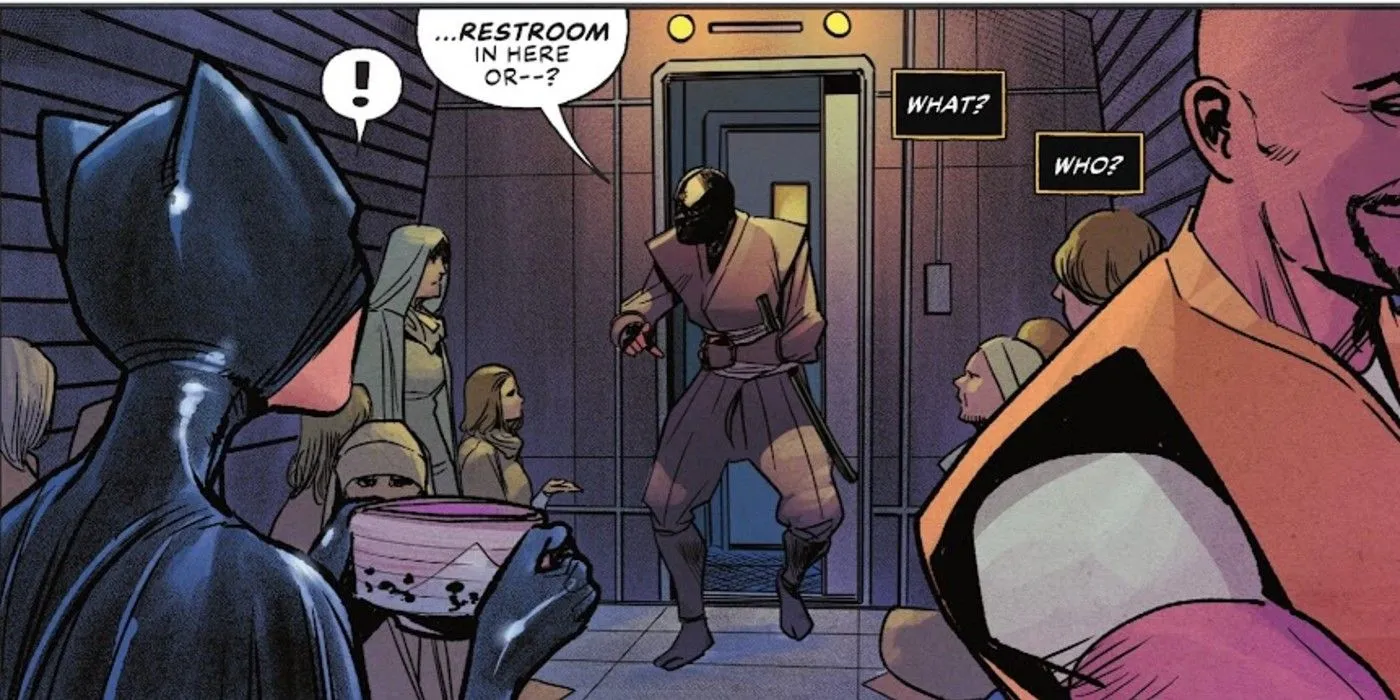
Ra’s al Ghul often contrasts these two factions by emphasizing their fundamental differences: the League of Shadows embraces destruction for its own sake, while the League of Assassins focuses on establishing order and balance. Ra’s created the League of Assassins as a necessary evil to maintain equilibrium, whereas the League of Shadows, influenced by Shiva, veered into chaos, leading Ra’s to enlist Batman’s help against them.
Under the guidance of leaders like Nyssa al Ghul and Shiva, the League of Shadows could potentially redefine its purpose to better support its following. Throughout this new examination within Batgirl #3, Lady Shiva is depicted as a nurturing figure, showcasing a stark contrast to Ra’s al Ghul’s cold approach, indicating that the League of Shadows might evolve into an organization focused on the welfare of its members.
In stark contrast, Ra’s al Ghul and his League of Assassins cannot embody this same compassionate vision.
Batgirl #3 is currently available from DC Comics.




Leave a Reply